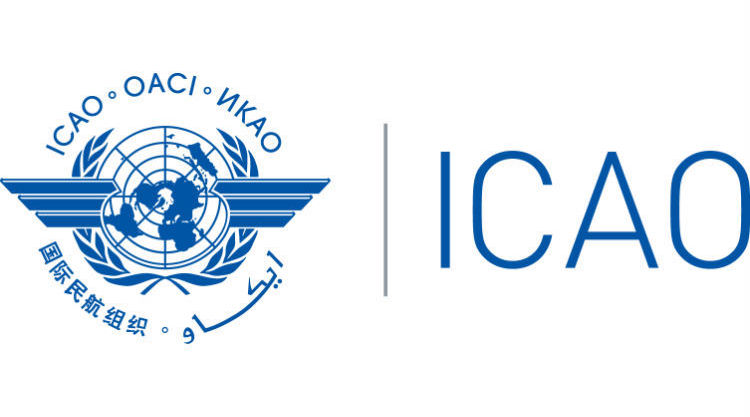Remote Tower Regulation
Earlier this month, Eamonn Wylie (Assistant chair, Int’l & Govt affairs) travelled to ICAO’s headquarters in Montreal with a delegation from the International Transport Workers’ Federation (ITF, Prospect’s international affiliate) for the 13thAir Navigation Conference to tackle the subject of remote tower regulation at a global level.
It is at this conference and ICAO’s general assembly where the standards, recommended practices, procedures and guidelines for global aviation are set, and the agenda and workplans are established for years to come. These filter down over time and influence the entirety of our profession at a national level, most prominently CAP 493 and CAP 1251 (ATCO licensing)/ ATCO IR 2015/340, but many others alike.
Considering the influence that ICAO has on global aviation standards and the complete absence of regulation at this level for remote tower technology and procedures, ITF took the opportunity to present a working paper (available on the Documents area of the Branch website) to ICAO asking for a detailed look at two key areas:
- The sequential mode of operation (being valid in two or more different aerodromes and providing a service to each in the same remote tower centre sequentially, with or without a fatigue break)
- The multiple or simultaneous mode of operation (providing a service to two or more aerodromes at the same time).
Lobbying member states and key institutions ahead of time ensured positive debate on our paper and we received support from several ICAO member states (UK, UAE, Oman, Saudi Arabia, India) as well as international organisations (IFALPA, IATA, CANSO). CANSO publicly welcomed our request to collaborate on this in the future. India and China both presented papers on remote towers of a similar nature. Due to this significant support, the paper was accepted by the committee and will assist them in their approach to remote towers in future. ICAO has already stated its desire to let EASA lead the way with regards to regulation and guidelines and our lobbying will continue with both ICAO and EASA to influence this as remote towers become a reality in the UK in the next few years. An update on our progress at a European level is available in the annual report for Conference 2018.
Branch Executive Committee
October 2018

